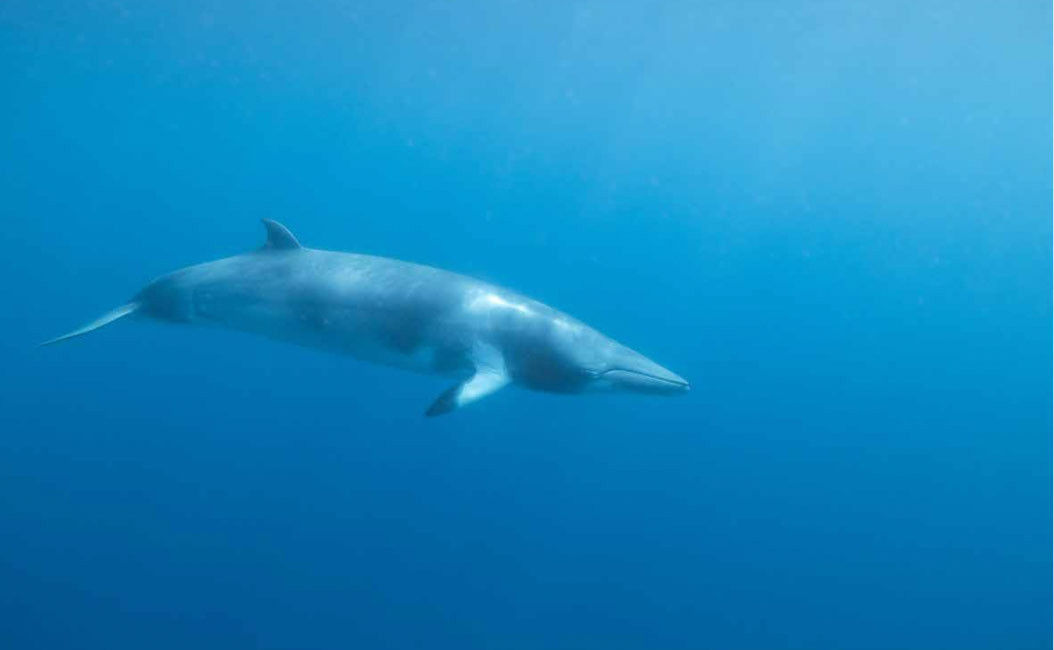
Words and images by Federico Facchin
-----------------
AT SEA
We left the harbour on a sunny Thursday morning, and just 10 minutes later it is pouring down with rain. A thick fog blinds the boat, reminding me of the whale-watching expeditions I used to lead a few years ago on the other side of the planet when I was living in Iceland. Winter is coming in Queensland Australia, and the weather has been quite moody lately. After all, I do live next to a rainforest now.
The Daintree rainforest is the oldest rainforest in the world, and just a few nautical miles off the coast you can find the legendary reefs that, all together, build another incredible ecosystem: the Great Barrier Reef. These two ecosystems have been fighting each other for millennia. Every ice age seizes water into ice caps, lowering sea levels, and leaving space for the forest to expand onto new land.
The interglacial period then melts it again, clearing the way for the marine troops to take over. In other words, we are now sailing on top of what, about 10 thousand years ago, was thriving land, covered with lush vegetation and perhaps cultivated by the Indigenous people of Australia (shall we reconsider the legend of Atlantis?). Both ecosystems are included in the UNESCO World Heritage list and are home to a countless variety of creatures, most of which can only be found here. But today I’m on board hoping to see some seasonal visitors. A boat sails next to us, we wave at the passengers and they wave back. There’s something about being at sea. On land you would find it funky if a group of strangers waved at you, but perhaps at sea, where we wonder and explore, we are brought all together, closer, like peas in a pod.
“If you’ve travelled half the globe to be here, you might as well go the extra mile and join another day at sea”

